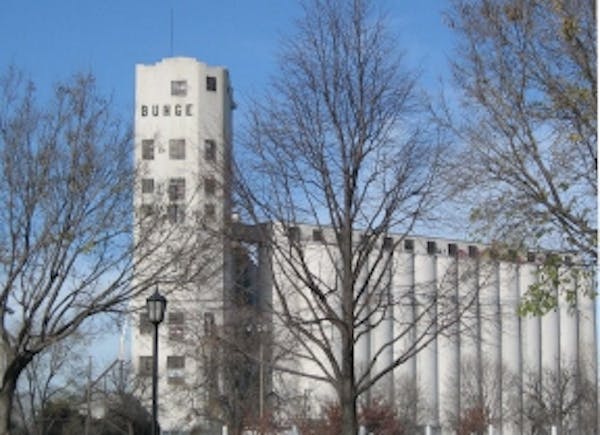Minutes count in a medical emergency, and Dr. John Hick had only a few to secure his harness and lower himself into an abandoned grain elevator in Minneapolis, where a young woman had fallen 30 feet.
As a member of Minnesota Task Force 1 — the state's emergency rescue team — Hick, an ER doctor, worked quickly alongside a Minneapolis firefighter to stabilize Emily Roland, who was trapped in the crumbling elevator this month.
After sneaking into the structure, Roland had fallen from a ladder. The mishap was reported shortly before 10 p.m., leaving Hick working at the bottom of a pitch-dark cauldron.
The rescue crew managed to lift Roland to safety, but she later went into cardiac arrest and died from her multiple injuries.
"It's just sad that in the end, bad trauma is all about time," Hick said. "And we just didn't have enough time."
The clock is just one of many obstacles faced by members of the elite force trained to perform "technical rescues." The term refers to lifesaving efforts that use skills and tools beyond the scope of normal firefighting and medical emergency situations. Conditions are difficult and often treacherous.
"Building collapses. Trench rescues. Confined space rescues. Grain elevator rescues. It's pretty much only limited by your imagination," said Ulie Seal, coordinator for Minnesota Task Force 1 and Bloomington's fire chief. "People have a pretty unique way of getting themselves into problems that you wouldn't think were normal."
Summer is especially busy for the team, made up of firefighters, police officers and medical professionals. Hick, the task force's deputy medical director, is one of a handful of local emergency room doctors involved.
State officials formed the task force several years ago as a way to fill a gap in the state's ability to carry out complex rescues.
In all, there are 220 members from five areas — Rochester, St. Paul, Minneapolis, Edina and Dakota County.
They have been specially trained at working at the scene of a collapsed structure. This summer, members will take part in an elaborate training exercise at Camp Ripley.
The team typically performs four to five rescues a year that require deployment of task force elements.
Rescue calls range from routine assignments to extricate a construction worker stuck in a collapsed trench to the task force's highest profile and most complex operation to date: the Interstate 35W bridge collapse in 2007.
The disaster left more than a mile and a half of debris for rescuers to work through and more than 100 patients to treat, said Hick. In addition, 54 people were brought to hospitals for care in a matter of 90 minutes, he said, attributing the successful rescue mission to cooperation among the member agencies.
Two years ago, Minnesota Task Force 1 was deployed in another high-profile structural collapse: a mudslide at a St. Paul park that buried four children on a school field trip, killing two of them.
Not for everyone
It takes a certain kind of person to do the job well, Seal said.
The unpredictable nature of the disasters means that task force members operate on an on-call basis.
"Most of our people are really driven," he said. "When you call them up, it's hard to call them up and put them on standby. They're action-oriented."
Adrenaline and stamina also come with the territory. Seal said some of the team's trench rescues have required crew members to work under difficult conditions for up to five hours.
Doing emergency work in the field was a natural fit for Hick, 46, who was a ski patroller in high school. On staff at Hennepin County Medical Center in Minneapolis, he is drawn to the challenge of helping people outside the controlled hospital setting.
"What we're able to do on the street is not the same by any means as what we can do in some of the other more restricted spaces," he said. "In a hospital or even when we work with our ambulance crews, you can get to the whole patient. A lot of times in our rescue circumstances, you can't. You might have to make do with having only a few-inch hole to visit with the patient through and do an assessment. Or you might have to settle for an IV placed backward through a 6-inch-hole in their leg. Or even put a needle into one of their bones to give IV fluids and medicines because you can't get an IV."
At the end of the day, rescue workers must balance risks and rewards of their actions. "When you have a life hanging in the balance, you are going to accept a little bit of risk," Hick said. "At the same time, we want to control that as best as we can."
Allie Shah • 612-673-4488
Singing, ceremonies and straw hats: Olympics opening ceremony in Tahiti centers Polynesian culture

Three 101-year-old friends recall fond memories in 1940s Alexandria
Celine Dion makes musical comeback at Paris Olympics with Eiffel Tower serenade


